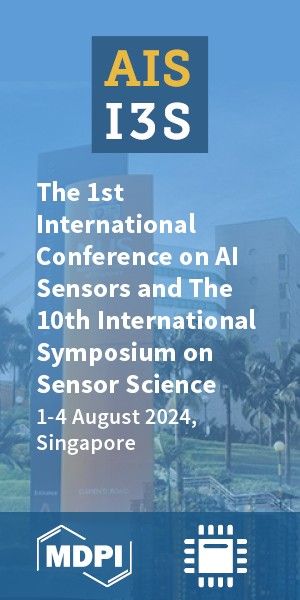Article
Version 1
Preserved in Portico This version is not peer-reviewed
Enriching Elementary School Mathematical Learning with the Steepest Descent Algorithm
Version 1
: Received: 27 February 2021 / Approved: 2 March 2021 / Online: 2 March 2021 (11:37:07 CET)
A peer-reviewed article of this Preprint also exists.
Araya, R. Enriching Elementary School Mathematical Learning with the Steepest Descent Algorithm. Mathematics 2021, 9, 1197, doi:10.3390/math9111197. Araya, R. Enriching Elementary School Mathematical Learning with the Steepest Descent Algorithm. Mathematics 2021, 9, 1197, doi:10.3390/math9111197.
Abstract
The Steepest Descent (or Ascent) algorithm is one of the most widely used algorithms in Science, Technology, Engineering, and Mathematics (STEM). However, this powerful mathematical tool is neither taught nor even mentioned in K12 education. We study whether it is feasible for elementary school students to learn this algorithm, while also aligning with the standard school curriculum. We also look at whether it can be used to create enriching activities connected to children’s real-life experiences, thus enhancing the integration of STEM and fostering Computational Thinking. To address these questions, we conducted an empirical study in two phases. In the first phase, we tested the feasibility with teachers. In a face-to-face professional development work-shop with 457 mathematics teachers actively participating using an online platform, we found that after a 10-minute introduction they could successfully apply the algorithm and use it in a couple of models. They were also able to complete two complex and novel tasks: selecting models and adjusting the parameters of a model that uses the steepest descent algorithm. In a second phase, we tested the feasibility with 90 fourth graders from 3 low Socioeconomic Status (SES) schools. Using the same introduction and posing the same questions, we found that they were able to understand the algorithm and successfully complete the tasks on the online platform. Additionally, we found that close to 75% of the students completed the two complex modeling tasks and performed similarly to the teachers.
Keywords
Elementary Mathematics; STEM; Mathematical Modeling; Computational Thinking; Steepest Descent Algorithm
Subject
Social Sciences, Education
Copyright: This is an open access article distributed under the Creative Commons Attribution License which permits unrestricted use, distribution, and reproduction in any medium, provided the original work is properly cited.
Comments (0)
We encourage comments and feedback from a broad range of readers. See criteria for comments and our Diversity statement.
Leave a public commentSend a private comment to the author(s)
* All users must log in before leaving a comment







